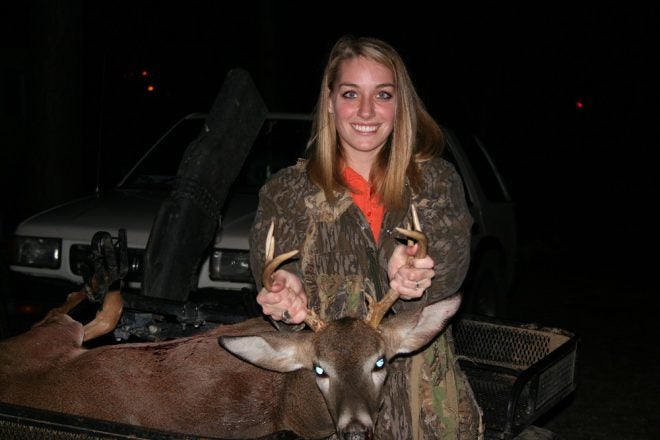The Cull Buck Trend Continues
Dr. John Woods 10.11.16

What constitutes a cull buck? When I used to hear deer hunters talk at hunting seminars or other places about cull bucks or management bucks, I used to think it was just a buck they actually did not intend to shoot. Once they did a ground check, the shrinkage was so great these hunters were actually embarrassed, so these “excuses” were dredged up. Whatever.
In all my years of wildlife management, research study, reading, and writing as well as talking to many top white-tailed deer biologists, I have been convinced there really is no such thing as a cull buck. In very limited situations where a piece of deer property is very strictly and actively managed by a wildlife professional, there may be justifiable cases where older bucks with small or relatively under developed antler racks could be considered for harvest. Still this practice is very limited and precisely controlled.
Now, over the weekend, I watched several episodes of deer hunting television on both the Outdoor Channel and the Sportsman Channel. In four of these programs there was a specific mention that the smaller bucks being taken were “cull bucks” that the property owner or outfitter allowed to be harvested. Generally speaking, I think this is bull hockey.
So, again, what is a cull buck? By a thin veil of a biological description, a cull or management buck would be a much older deer, usually 5 or 6 years of age or older, that is likely an 8-point or fewer number of antler points and lacking brow tines. The concept of cull management is to remove these “inferior” bucks from the herd assuming their genetics are not preferred to be spread throughout the deer population.
The fallacy of this thinking is first and foremost that the average deer hunter can even roughly much less accurately age a buck on the hoof. A few years ago I attended a national deer management conference. As a test, we were shown photos of 100 bucks in an attempt to age them. Our accuracy rate was well under 50 percent. These were professional deer biologists. Aging deer is very difficult and only learned after much dedicated practice.
Most so-called cull bucks should be left alone. It is roughly the same thinking as not shooting spike deer. More often than not, these bucks will grow larger racks next season, if allowed to grow older.